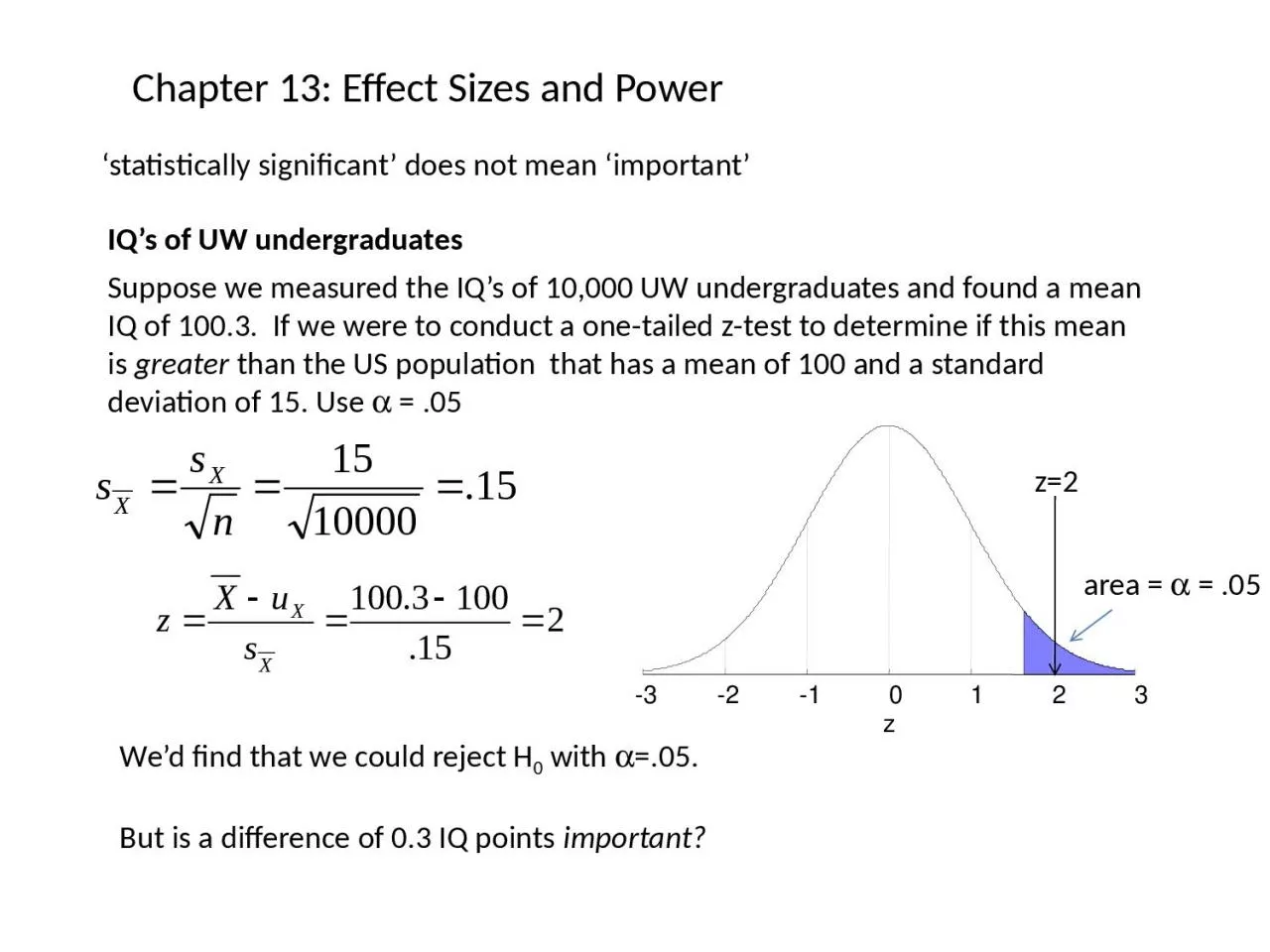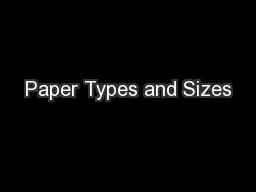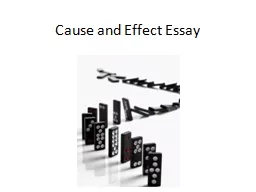PPT-Chapter 13: Effect Sizes and Power
Author : freya | Published Date : 2023-11-22
statistically significant does not mean important IQs of UW undergraduates Suppose we measured the IQs of 10000 UW undergraduates and found a mean IQ of 1003 If
Presentation Embed Code
Download Presentation
Download Presentation The PPT/PDF document "Chapter 13: Effect Sizes and Power" is the property of its rightful owner. Permission is granted to download and print the materials on this website for personal, non-commercial use only, and to display it on your personal computer provided you do not modify the materials and that you retain all copyright notices contained in the materials. By downloading content from our website, you accept the terms of this agreement.
Chapter 13: Effect Sizes and Power: Transcript
Download Rules Of Document
"Chapter 13: Effect Sizes and Power"The content belongs to its owner. You may download and print it for personal use, without modification, and keep all copyright notices. By downloading, you agree to these terms.
Related Documents














